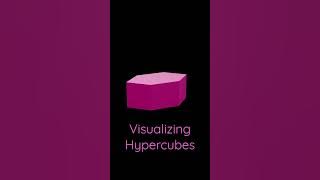Stericated 5-cubes
In five-dimensional geometry, a stericated 5-cube is a convex uniform 5-polytope with fourth-order truncations (sterication) of the regular 5-cube. There are eight degrees of sterication for the 5-cube, including permutations of runcination, cantellation, and truncation. The simple stericated 5-cube is also called an expanded 5-cube, with the first and last nodes ringed, for being constructible by an expansion operation applied to the regular 5-cube. The highest form, the steriruncicantitruncated 5-cube, is more simply called an with all of the nodes ringed. (Wikipedia).



















